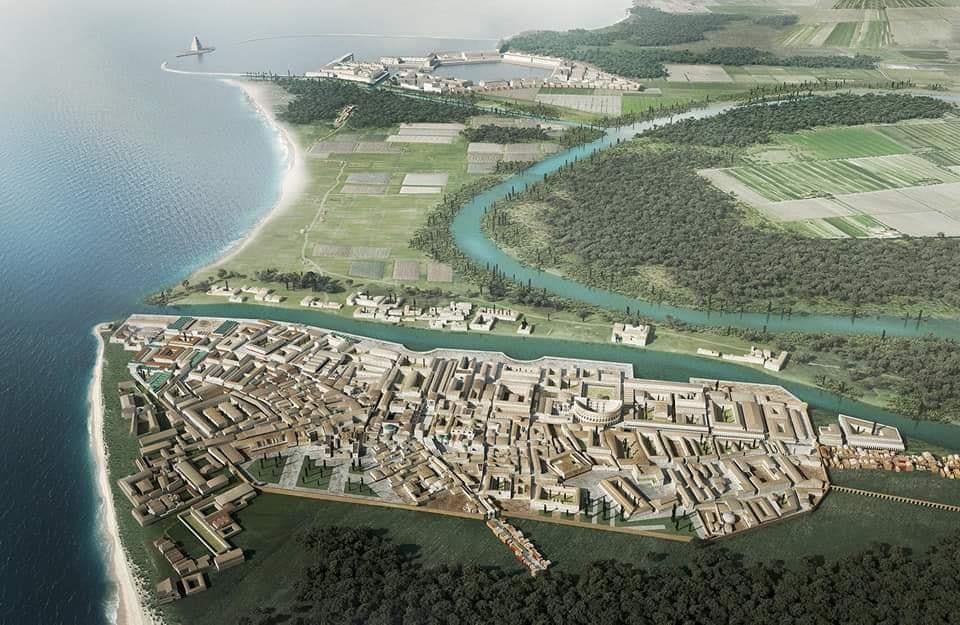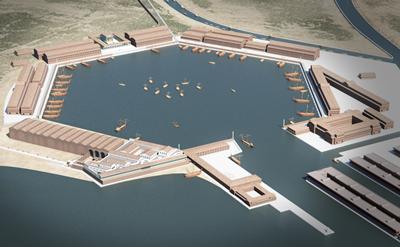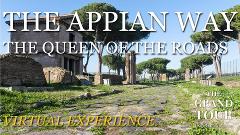Portus: Imperial Rome’s Ancient Port - Virtual Guided Tour (Recorded)



- 기간: 60 분 (대략)
- 상품 코드: VIRTUALGRP212
Portus: Imperial Rome’s Ancient Port
The ancient, artificial harbor of Portus, which was once a mighty port for ships carrying food, building supplies, and other commodities into and out of Rome, has blended into the flat, coastal landscape of Fiumicino, Italy, and is now a modern airport.
Situated about 30 km (20 miles) southwest of Rome, Portus, which in Latin means Port, was built between the first and second century AD, and it became the Roman Empire’s leading maritime hub for nearly 500 years: it is undoubtedly one of the Romans’ greatest engineering achievements.
The artificial harbor was commissioned around 46 A.D. by Emperor Claudius and was to be sited on the north bank of the Tiber River about 4 kilometers (2.5 miles) north of the port of Ostia, at a time when the shoreline was about 1.5 km closer. It took nearly 20 years to complete: the new port was nearly a mile wide, spanned 70 hectares (170 acres), included two sea walls and a lighthouse, and hosted as many as 350 ships at a time, archaeologists believe.
As Ostia could no longer handle the volume of commerce needed to supply the growing city of Rome, Portus was created as a supplement: around 103 A.D., Emperor Trajan expanded Portus, carving out another 39 hectares (97 acres) in a distinctive hexagonal shape. The inner Trajanic Basin connected to the outer Claudian Basin and the sea; it was also connected to the Tiber via the canal. The port was eventually surrounded by great columned warehouses and a palace, among many other amenities.
HOW DOES IT WORK?
This Virtual Tour is pre-recorded. After purchasing access, you will receive a link to view the Virtual Tour at your convenience. You can watch the video as many times as you like; access does not expire.
The Present Video belongs to The Grand Tour Europe Ltd, and it is intended for pure education and entertainment purposes. All images, videos, locations, and artworks featured in the video are credited to their respective authors and are used exclusively for educational purposes and criticism under the fair use doctrine, with appropriate credits provided in the audio commentary. This video is for personal use only. You are not permitted to play it in public, distribute, or resell it in any manner.






